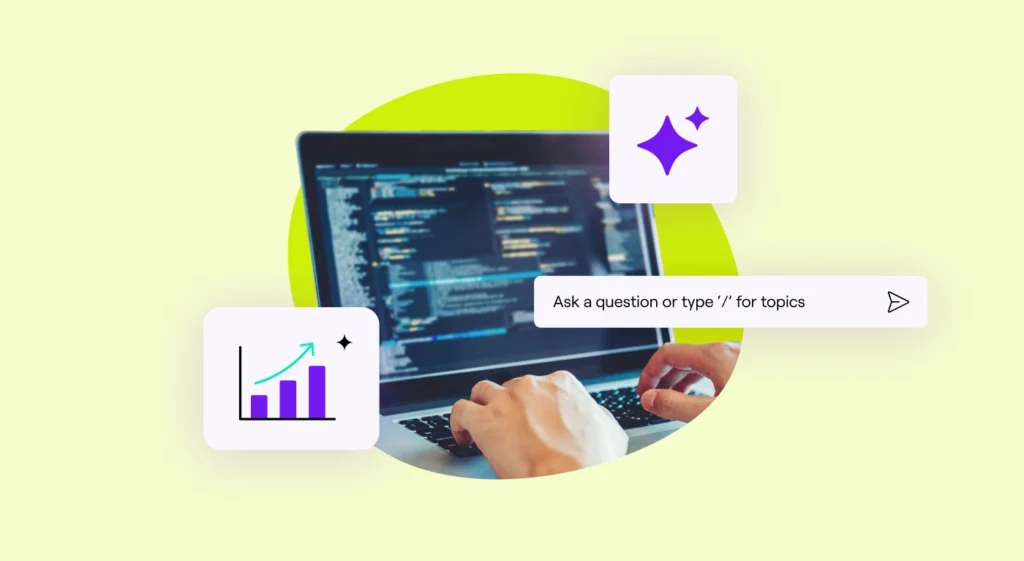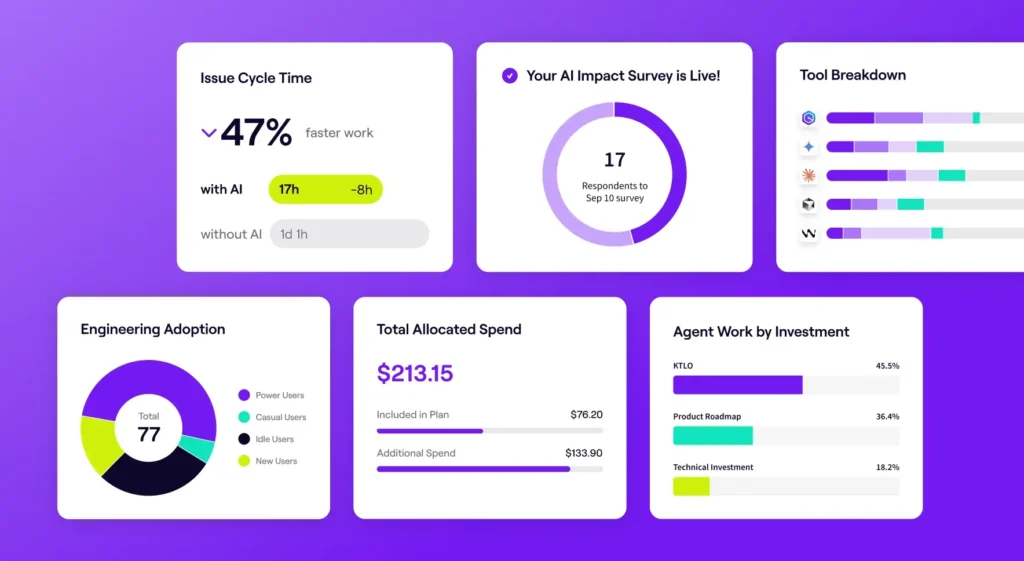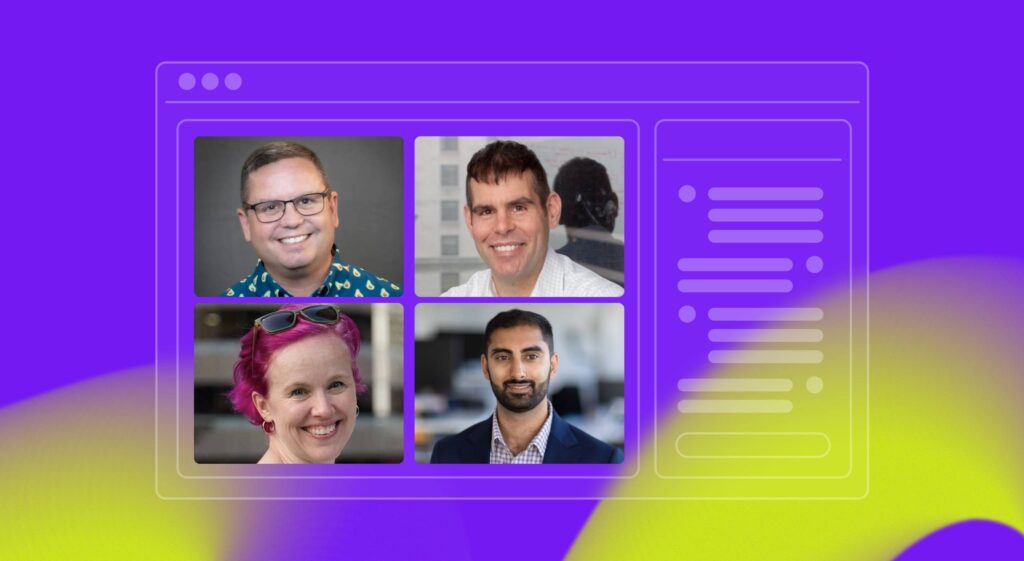Jamie Newcomb is Head of Product Ops and Delivery at Ably.
Editor’s Note: Jellyfish launched the Jellyfish MCP server this April to allow LLMs to access Jellyfish data via our API. Jellyfish customers can now seamlessly integrate any data accessible via the Jellyfish API into their AI-powered workflows, chatbots and agents. This article illustrates how it’s already helping organizations like Ably more readily access their data.
When Jellyfish launched their MCP this April, I primarily used it as an exploratory tool, but the potential quickly became clear. My initial hypothesis was that this could make Jellyfish data more accessible to team members who don’t spend much time in the platform itself.
Instead of requiring everyone to navigate dashboards and filters, I could ask natural language questions like:
- “What are our current investment levels for May?”
- “Which outcomes/deliverables are being targeted for May?”
- “How much did we invest in the Chat moderation outcomes in May?”
These initial prompts were answered well, providing clear responses that demonstrated the potential of this approach. And while I haven’t rolled this out to others yet, I can already see how this approach could break down barriers for team members who need insights but aren’t regular Jellyfish users.
Actionable Intelligence to Improve How the Ably Team Works
Actionable Intelligence to Improve How the Ably Team Works
The real power emerged when I moved beyond simple data retrieval to analysis and insights. When I asked, “How is developer productivity in the xyz team this month?” Something awesome happened.
The AI didn’t just return raw metrics. Instead, it:
- Intelligently identified all key metrics associated with developer productivity
- Analysed the data to understand potential reasons for performance patterns
- Connected insights across different Jellyfish data points, linking productivity metrics to investment levels and deliverable timelines
Most impressively, it concluded that productivity appeared lower because the team was split across multiple investment categories and several outcomes had just kicked off. This matched our internal hypothesis perfectly, but the AI had arrived at this conclusion independently by analysing the data relationships in seconds.
I then tested more specific queries, asking “How does PR cycle time compare within the xyz team for April?” The results went far beyond a simple data dump:
- Individual PR cycle times were listed for each team member
- The AI provided contextual explanations for why each person’s metrics might look the way they did
- It identified patterns, noting that certain team members had higher PR review counts
- Most remarkably, it correctly inferred these were likely tech leads carrying a heavier review burden
This wasn’t just showing data, it was providing actionable intelligence that could be used to improve processes and ways of working.
The true potential became apparent when I connected additional MCP servers alongside Jellyfish. Within minutes, we could:
- Ask Claude for insights from Jellyfish data about team performance
- Have it analyse our documented processes in Confluence to identify potential inefficiencies
- Receive specific suggestions for process improvements based on the gap between documented intent and measured reality
This connected workflow happened seamlessly in a single conversation. We moved from “What does our data show?” to “How can we improve based on what we know?” in real-time.
Looking Ahead
Looking Ahead
We’re working toward connecting more data sources and potentially making this accessible to more people through remote MCP servers. I see this development as a powerful complement to traditional dashboards, offering a more conversational way to interact with the rich data that Jellyfish provides – creating an additional interface that can make Jellyfish insights more accessible to different types of users and use cases.
Having data accessible through one UI where you can ask exactly what you want and get additional insights represents a substantial productivity and efficiency gain. The advantages are clear:
- Single conversational interface alongside existing dashboards
- Natural language queries for users who prefer this interaction style
- Contextual insights generated automatically
- Connected analysis across previously siloed systems
When your LLM understands how you set out to work (documented processes), how you’re actually working (Jellyfish metrics), and the impact on your goals (outcomes data), it becomes a powerful tool for identifying workflow inefficiencies and optimisation opportunities.
Key Learnings
Key Learnings
Start simple: I began with basic data access questions and let the use cases evolve naturally.
Focus on insights, not just data: AI-generated analysis transforms raw metrics into contextual insights that can drive better decision-making.
Connect your ecosystem: The multiplicative effect of connecting multiple data sources creates possibilities that individual tools can’t provide.
Think beyond dashboards: Consider how LLM-native experiences might fundamentally change how your team interacts with data and insights.
To get started with Jellyfish’s MCP visit the Jellyfish MCP Github repo or reach out to the Jellyfish team at ai@jellyfish.co. This technology is evolving quickly, so we’ll continue to iterate – stay tuned for future improvements, and let us know what additional capabilities you’d like to see.
About the author

Jamie Newcomb is Head of Product Operations and Delivery at Ably.





